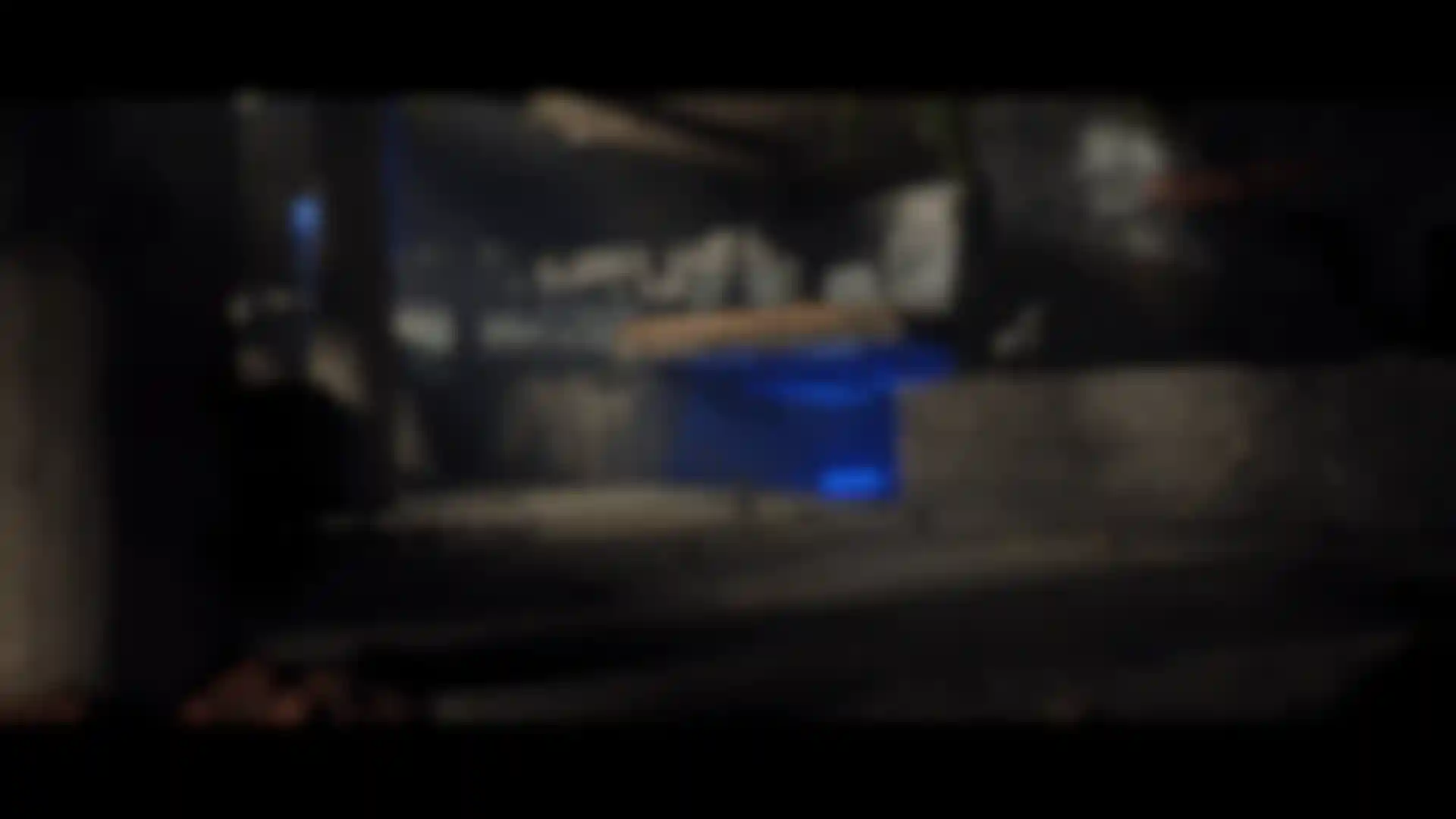
What if Video Games Were Clues to Human History? Malthe Hemmer explains his new 3D-animated short, “Odyssey.”
Malthe Hemmer is a motion designer on the rise. In addition to being a full-time freelancer, he devotes his off hours to personal projects that interest him and expand his skills.
After co-creating a fictional title sequence for Ray Bradbury’s book The Illustrated Man, he recently released a new short film, “Odyssey.” Made with C4D and Redshift, the film imagines a future in which archaeologists discover only video games to try to help them piece together the history of our world.
We talked with Hemmer to learn more about how the film, which is in part an ode to video game history.
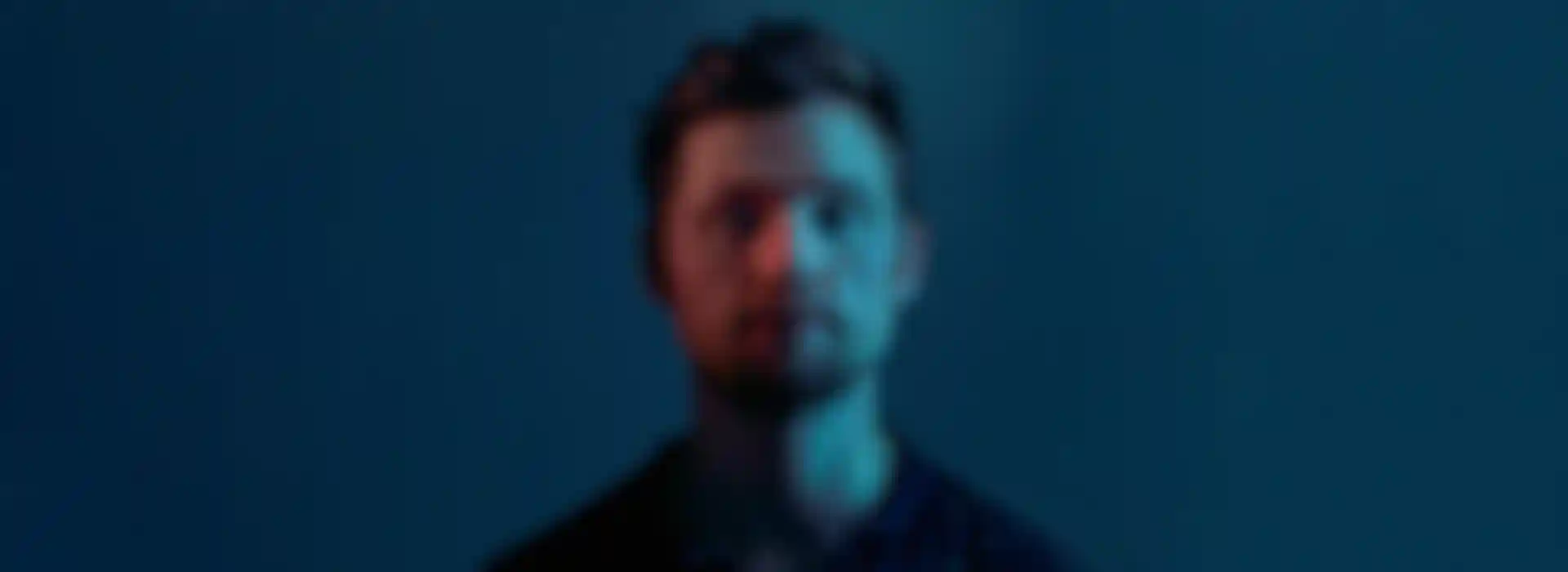
This project includes many nods to video game franchises. Are you a gamer?
Hemmer: I don't consider myself a big gamer, mostly because if I start to play a game, I will spend all my time on it, so I very rarely begin any. I'm trying my best to keep a balance, but I love games, especially the ones with a solid storyline like “Last of Us” or “Uncharted.”
“Assassin’s Creed” inspired this project a lot, even though my original idea was to create a commercial for a gaming console. That evolved into a whole story about archaeologists from the future digging up these remnants from games.
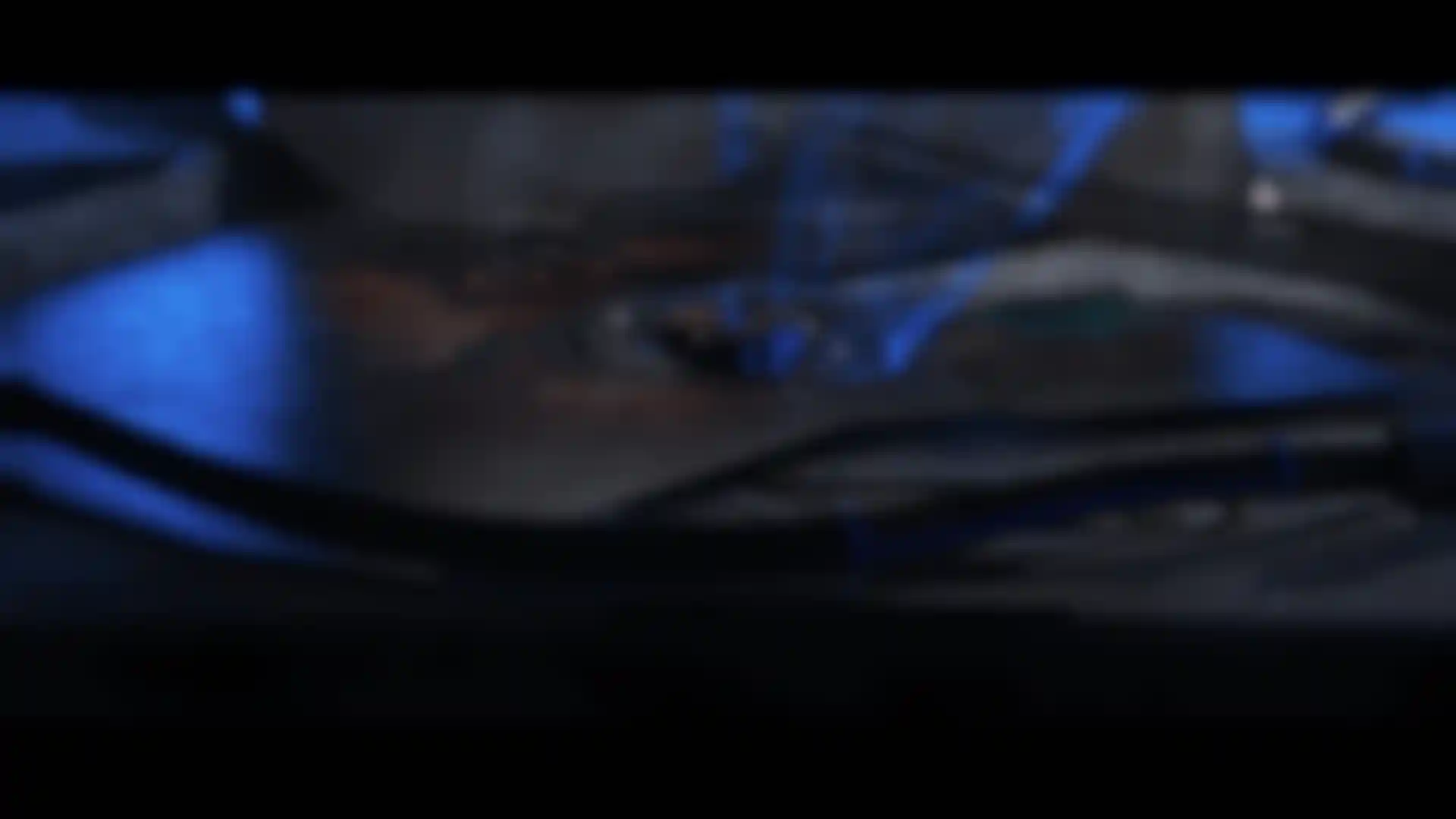
Were there key gaming artifacts you had in mind when storyboarding?
Hemmer: The first idea I had was the Master Chief helmet with the brain. You see this brain and we pull back through a transparent helmet that reveals what it really is. From there it was just about getting assets from different games that are easily recognizable, like the Skyrim helmet. Then, I started doing a lot of exploration. It was important for me to just play around with things, and that’s how the story started to develop.
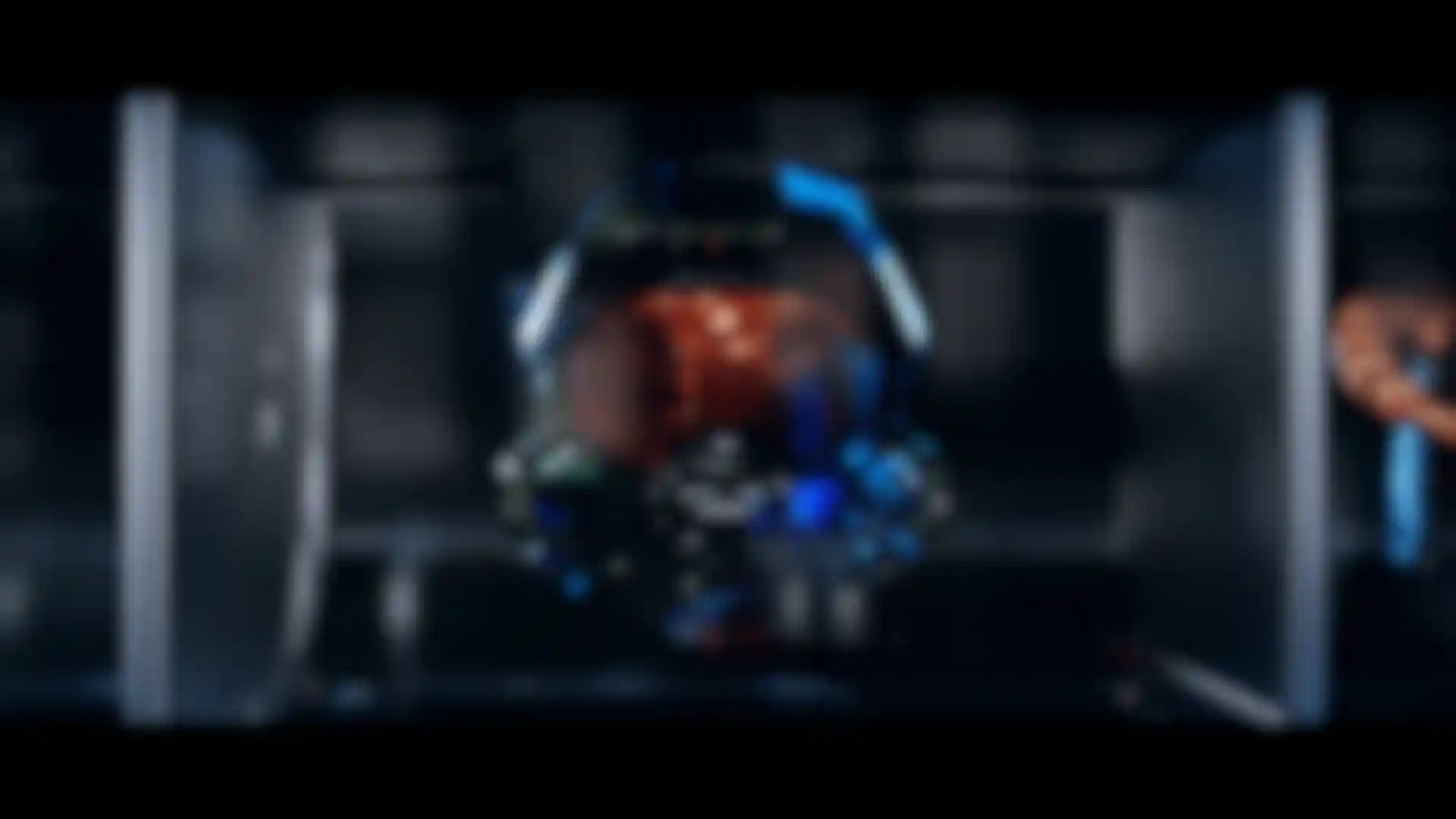
Did you have skills or tools that you were trying to learn or experiment with?
Hemmer: Yes, I wanted to experiment with fluid effects, but using real liquids shot in camera. I recorded a ton of footage of paint mixed with soap and milk, and I wanted to see if I could use that inside of 3D. It was really a fun challenge and it made sense for the story that was developing.
I shot on my 4K camera. I think I had almost 200 GB of footage to go through, which was actually really fun. I would bring the footage into After Effects and play around to see if things would look cool on an object; or see what it would look like with depth of field. I exported the PNG sequence and brought it into Cinema 4D and started playing around and jumping between the programs. It was all just a mix of After Effects, Cinema 4D, Redshift, and Photoshop.
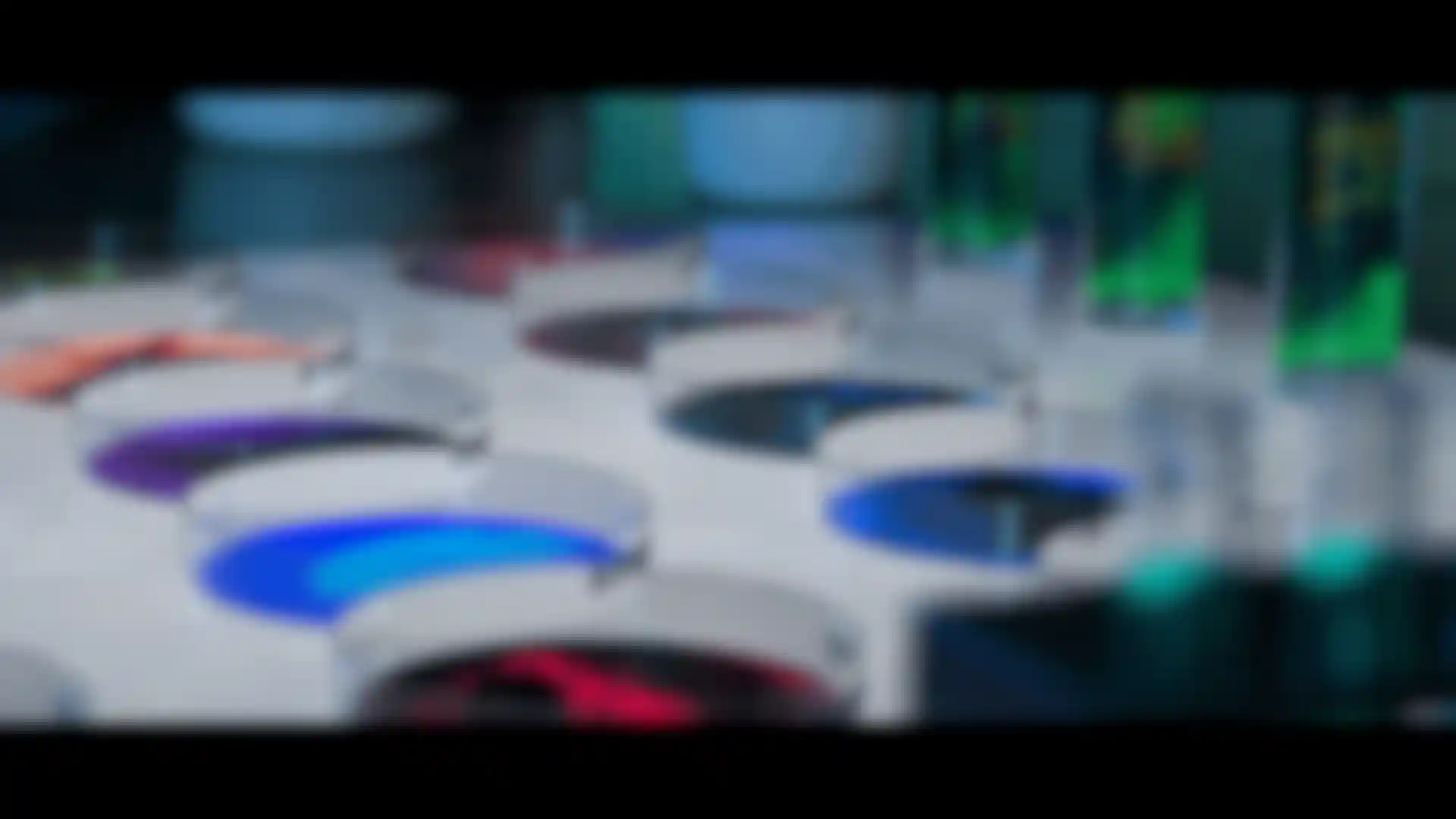
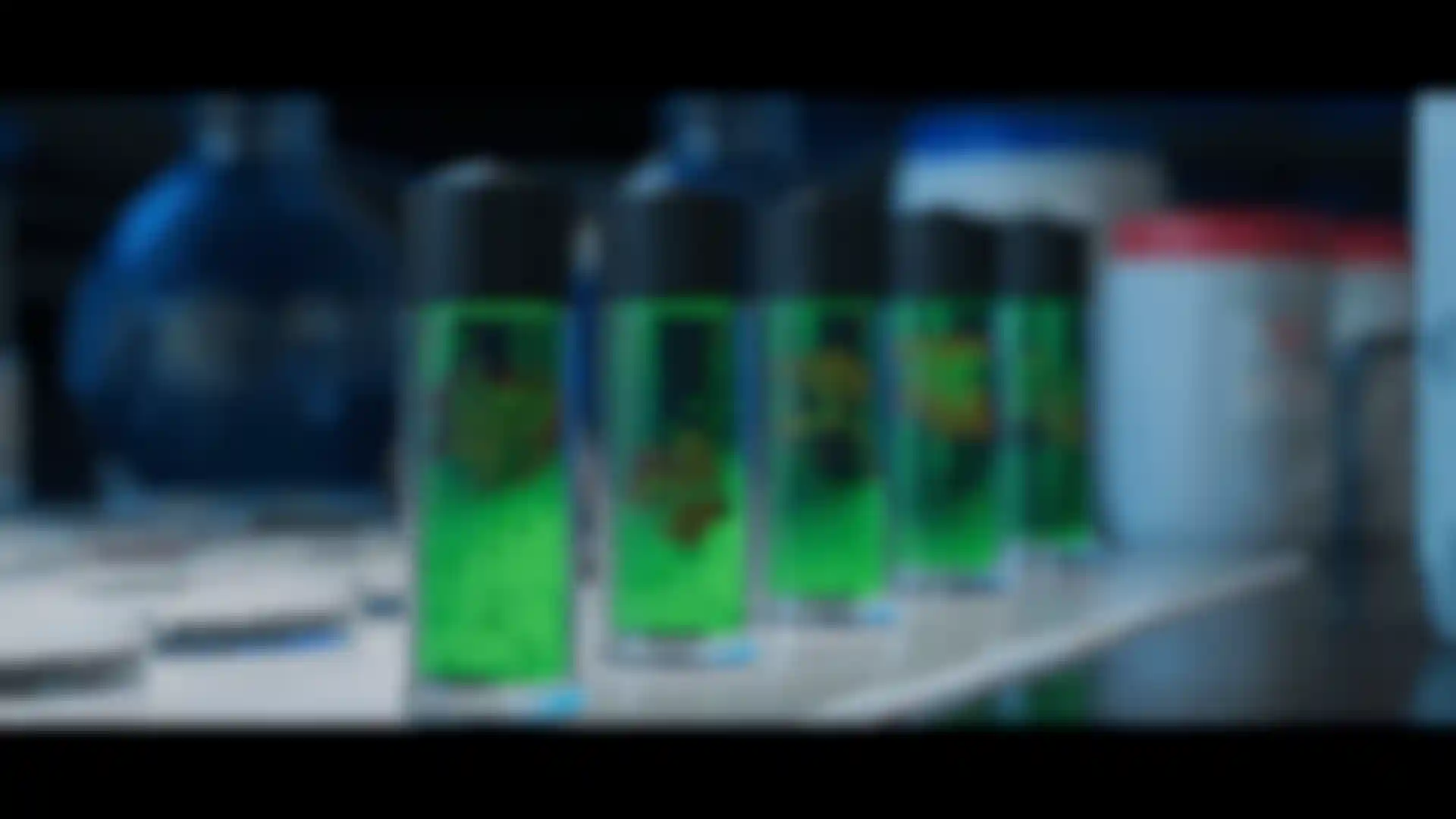
Let’s dive into a few of the scenes. Tell me about the lab you built.
Hemmer: Oh man, there are so many assets that were created in unique ways. I had to create shaders for all of them, and the lab is one of my favorites. It was also the heaviest scene to render in Redshift because of all of the glass and lights.
There are helmets and artifacts in the glass cases, as well as things like an Annubis head. The Egyptian scenes go back to my personal interest in history. I have always been a fan of Egyptian history. Using those artifacts and assets to create the scene was a lot of fun. I was trying to connect with all the mysteries in Egyptian history.
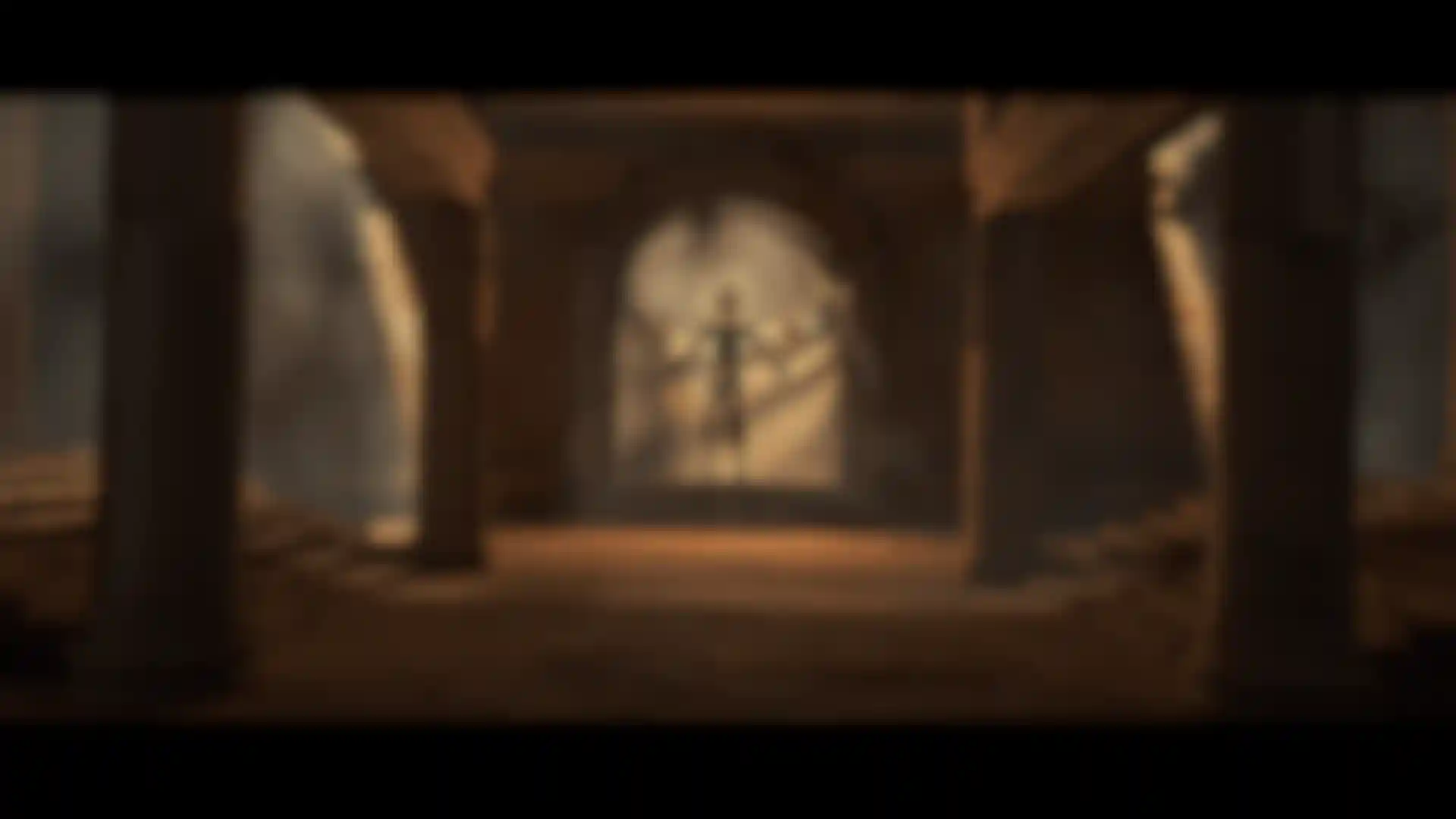
For the assets, how much did you model and how much did you buy online?
Hemmer: I didn’t really have any collaborators on this project except for the music, so I modeled some things myself, but most of the models were from Turbosquid, CGTrader, and the Quixel Megascans library.
You have a keen eye for color and light. Talk about your approach to lighting.
Hemmer: Sometimes it is just playing around and dragging in different lights, sunlight, infinite lights and area lights that I move around in C4D and try adding volumetrics. My main lighting inspiration for this project was “Blade Runner.” That, and the work of Ash Thorp.
Early on there were lasers connecting the assets, but I didn’t like the look, so I changed to a backlit background where the elements moved around like a big screen. I had tons of images and references for the project, and I don’t think you can even see all of them — God of War, Crash Bandicoot, Call of Duty Zombies. It really came down to picking the camera angles that looked the best.
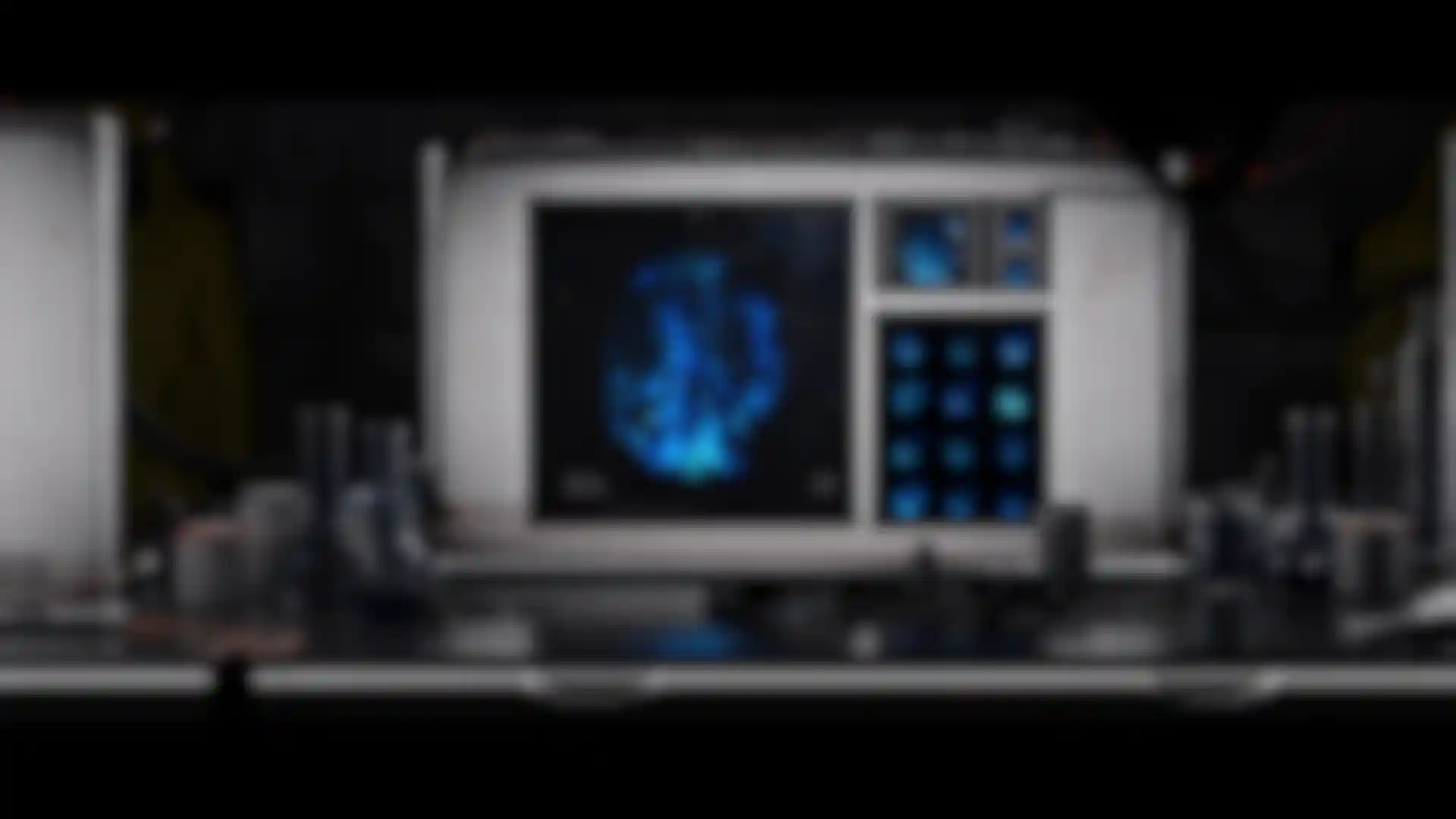
Is there anything else you want to add that we haven’t covered?
Hemmer: Yes, the music was a big part of the final product. UnStudios did a phenomenal job, and our collaboration was great. They understood my vision for the story, and the vibe I wanted for the audio. I have heard many people in the industry say that audio is 51 percent of a project and the visuals are 49 percent. I think there is definitely some truth to that.
Are you working on another personal project these days?
Hemmer: I am always working on something—small project, big projects or YouTube videos to explain my workflows. Since this project took nearly a year to create, I have now shifted my focus towards projects that are less ambitious. I want to get better at creating images with solid compositions and storytelling, so I’m practicing on smaller projects rather than focusing on one big one.